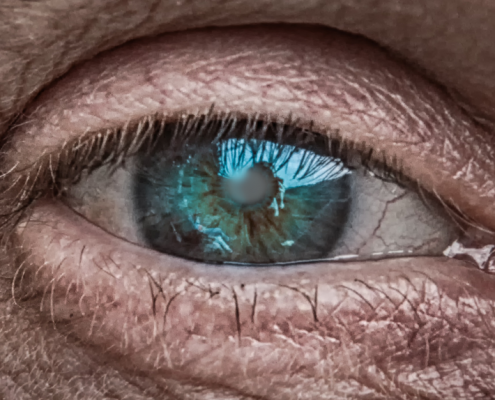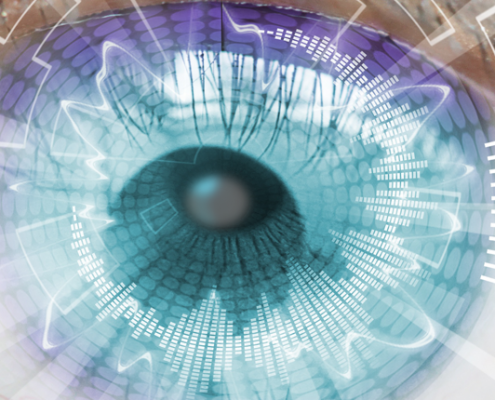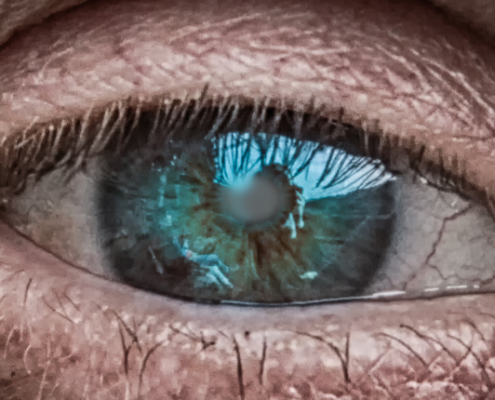Recognizing the Early Signs of Cataracts
Cataracts, opaque areas on the eye’s lens that cloud vision, develop to some degree in about 95 percent of people over age 65
Here at VIP Laser Eye Center, with locations in Palm Beach Gardens, Stuart, and Port St. Lucie, Florida, Clifford Salinger, MD, and our team, diagnose the underlying cause of your vision concerns. If you have the early signs of cataracts, we customize a treatment plan to help restore your best vision.
Cataracts slowly cloud your vision
The healthy lenses in your eyes are clear, allowing you to see details and colors as they truly appear. Cataracts are a slowly developing clouding of this clear lens, so eventually, it looks like you’re viewing the world through a foggy window.
With each birthday you celebrate, your eyes’ lenses become less flexible and start to thicken. Age, health issues like diabetes, and even your lifestyle contribute to developing cataracts.
Over time, the tissues within your lenses break down and clump together. When this happens, the clump scatters the light as it enters your lens, so your retina is unable to interpret the image clearly. As a result, your vision becomes blurry or cloudy.
Learn to recognize the early signs of cataracts
Maybe you’re not a senior citizen yet, but if you’re in your 40s or 50s, cataracts could be in the early stages. By the time you’re in your 60s, you feel the effects of cataracts on your ability to see clearly.
Some of the most common early signs of cataracts include:
- Faded colors
- Sensitivity to light and glare
- Seeing yellow halos around lights
- Increasing need for brighter reading lights
- Changes in eyeglass prescriptions
- Difficulty driving at night
You may not recognize these symptoms as cataracts at first. Still, as cataracts grow larger, they can cause double vision and blurry vision. It’s also common to have cataracts in one eye but not the other, so you may only notice a very slight change in vision.
Cataracts in different lens areas cause different symptoms
Because cataracts can form in different areas of your lenses, symptoms are also different.
Nuclear cataracts
For example, if a cataract develops at the center of your lens – a nuclear cataract – you may become more nearsighted. Contrarily, you may notice a temporary improvement in your ability to read small print. As the cataract grows, it can turn yellow or even brown, affecting your ability to distinguish colors clearly.
Cortical cataracts
Cataracts that form at the edges of your lenses are called cortical cataracts. These begin as a wedge-shaped object on the outer edge of your lens. As cortical cataracts progress, they interfere with the way light passes through the center of your lens, affecting your ability to focus on objects in your direct field of vision.
Posterior subcapsular cataracts
This type of cataract forms at the back of your lens and interferes with your reading vision. Subcapsular cataracts also cause halos around bright lights, especially at night. This is one of the reasons why driving may become difficult as the cataract continues to grow.
The best way to manage cataracts is to regularly recognize the early signs and schedule comprehensive eye exams. As the cataracts progress, your doctor recommends when surgery is the best solution for helping you see clearly again.
If you suspect you have cataracts, call 561-288-2447 today.




